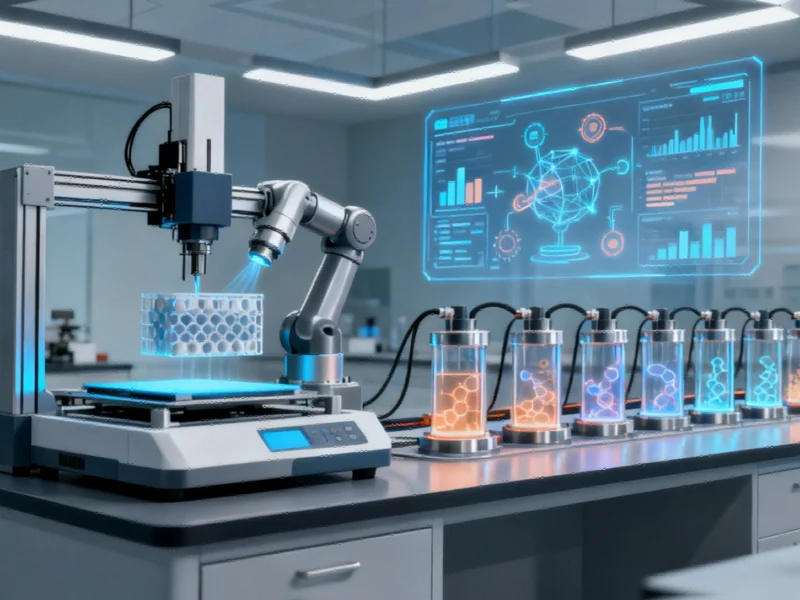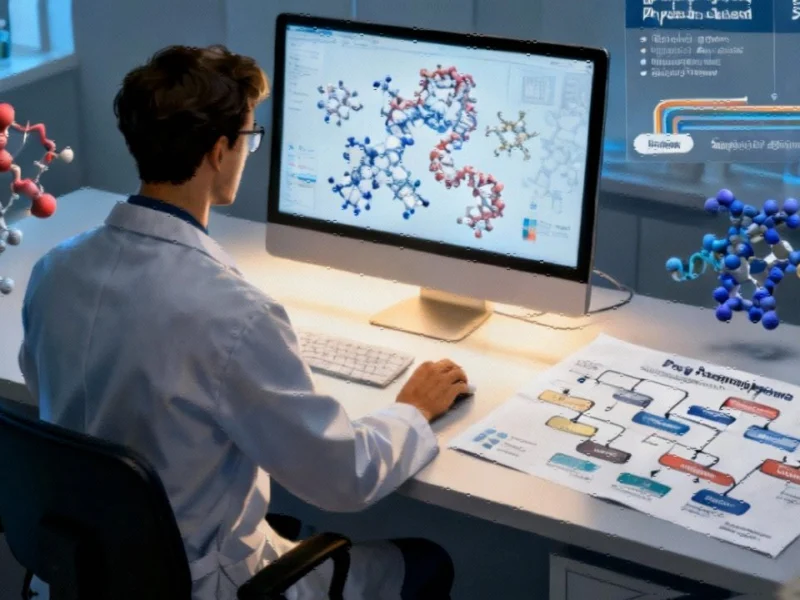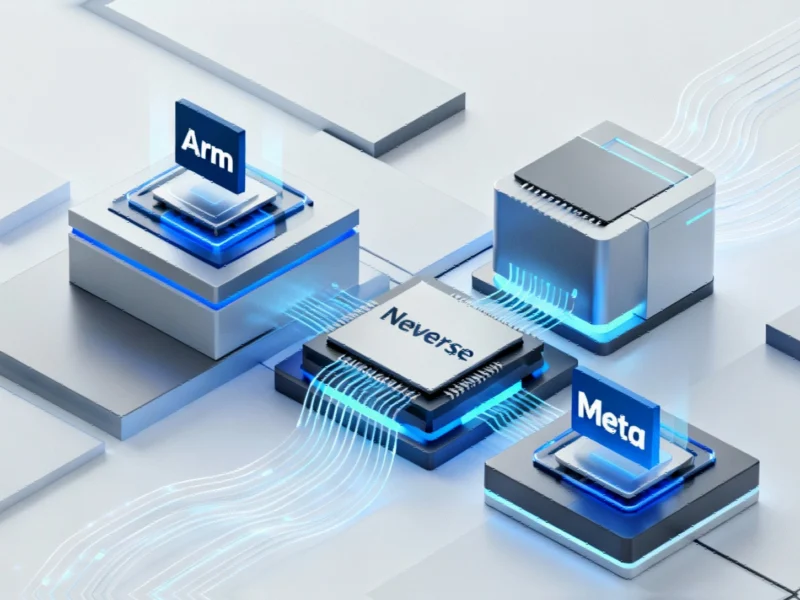Breakthrough in Chemical Process Automation
Researchers from Universitat Jaume I have developed what sources indicate is a revolutionary robotic platform that dramatically accelerates the design of sustainable chemical processes. According to reports, the system named Reac-Discovery can optimize chemical processes in days rather than the months or years typically required using traditional laboratory methods.
Addressing Environmental Challenges Through Innovation
The development comes at a critical time for addressing environmental challenges while maintaining industrial productivity. Analysts suggest that converting pollutants like carbon dioxide into valuable resources represents a significant step toward reducing emissions and fossil fuel dependence. The platform specifically addresses processes such as transforming CO₂ into useful materials including polymers and pharmaceuticals.
Integrated Platform Architecture
The system operates through three interconnected modules that work seamlessly together. Reac-Gen digitally designs reactor structures, while Reac-Fab manufactures them using high-resolution 3D printing technology. The third component, Reac-Eval, functions as an autonomous laboratory that evaluates reactor performance and adjusts reaction conditions using artificial intelligence algorithms.
Superior Performance Through Advanced Design
The report states that the 3D-printed reactor structures feature unique geometries with interconnected pores that significantly outperform traditional reactors. This design innovation, combined with the platform’s self-optimization capabilities, enables real-time analysis and adjustment of multiple reaction parameters. Sources indicate this integration drastically reduces resource consumption while generating valuable scientific data.
Industry 5.0 Applications
The technology represents what analysts suggest is a major advancement toward Industry 5.0 chemistry, merging digitalization with sustainability. The platform’s ability to accelerate chemical process development could have widespread implications across multiple sectors. Similar technological advancements are being seen across industries, including cutting-edge networking technologies and workplace automation solutions.
Validation and Case Studies
According to the research published in Nature Communications, the platform has successfully demonstrated its capabilities in several key applications. These include the hydrogenation of acetophenone, crucial for pharmaceutical production, and the transformation of CO₂ into cyclic carbonates for use in electrolytes and polymer manufacturing. The development team, originating from what historical records show as the region of UJI, has positioned this technology as a cornerstone for sustainable chemical innovation.
Broader Technological Context
This breakthrough occurs alongside other significant technological developments across multiple sectors. Recent reports highlight advancements in media streaming services and surveillance technologies, indicating a broader trend toward digital transformation across industries. The integration of AI, robotics, and 3D printing in chemical process development represents what sources describe as a paradigm shift in how scientific research and industrial optimization are conducted.
Future Implications
The research team suggests their platform demonstrates how combining artificial intelligence, robotics, and 3D printing can accelerate the transition toward more efficient and environmentally friendly processes. According to reports, this technology could fundamentally change how chemical companies approach process development, potentially reducing both time-to-market and environmental impact simultaneously.
This article aggregates information from publicly available sources. All trademarks and copyrights belong to their respective owners.



